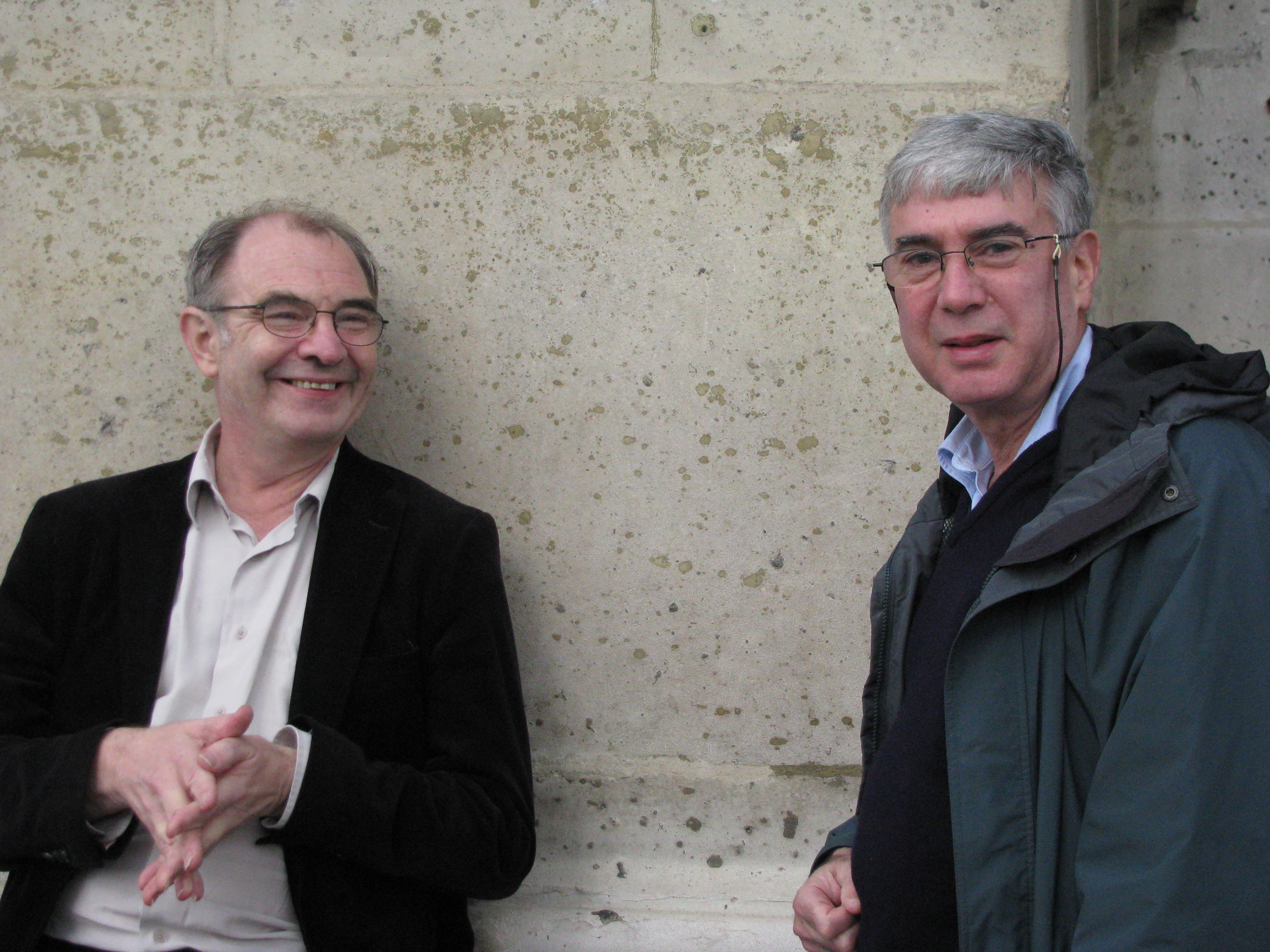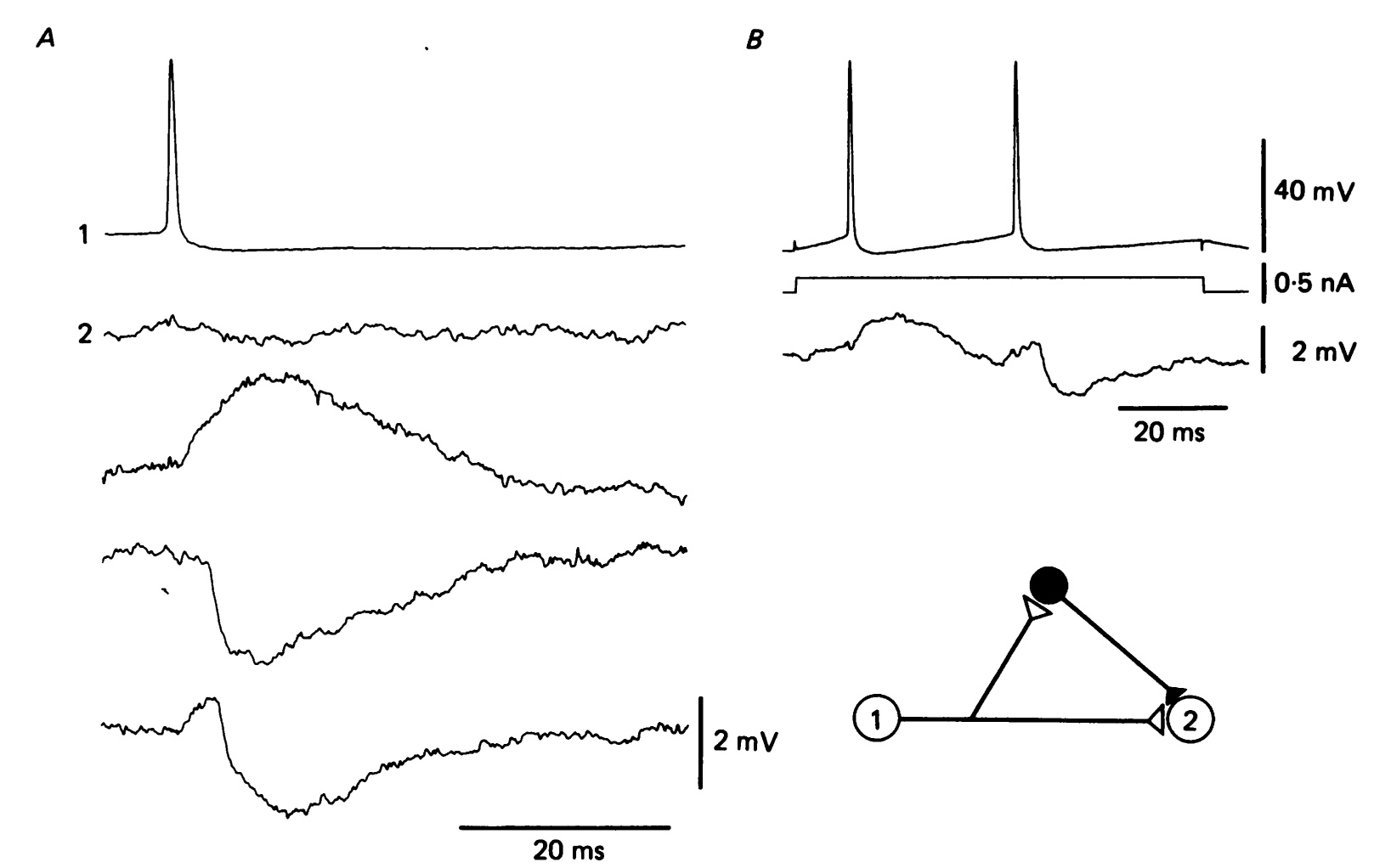Neuroscience has lost a key thinker, the late Richard Miles
Older colleagues probably don't need an introduction, but few young people would have known him (even Google couldn't find a photo). He didn't win many awards or huge accolades, but everyone who knew him carries his memory in their hearts and minds. In winter and summer, in 1990, 2000 and 2010, he wore the same worn jacket and trousers, carrying the same notebook in his bag in which he wrote down his thoughts and experiments.
He always had things to do written in ballpoint pen on his hand, and smoked sitting on the ground in a secluded corner. Like a guru, he could be approached anywhere, by anyone, to share thoughts and ideas. At conferences, everyone waited for him to ask or comment on something important from one of the back rows. He reviewed a lot of papers because he was precise, unbiased, everyone trusted him. He was a real "mad scientist". He was shy, timid, didn't care about his health. He didn't sleep much, worked at night, smoked like a chimney and, well, to tell the truth, rarely washed.  Money was not at all important to him, when I arrived in Paris and needed a deposit for renting a flat, he lent me money. When my first payment arrived, I wanted to pay him back. He told me I needed it more. When I insisted I would pay him back, he held up the money in the middle of the lab and told everyone he had some money, let's go out to dinner.
Money was not at all important to him, when I arrived in Paris and needed a deposit for renting a flat, he lent me money. When my first payment arrived, I wanted to pay him back. He told me I needed it more. When I insisted I would pay him back, he held up the money in the middle of the lab and told everyone he had some money, let's go out to dinner.
Richard was one of the most influential researchers on the principles of cortical cellular interactions and the development of epileptic discharges. He trained as a physicist, like many of the greats of biology, and brought this precise thinking based on structures to his understanding of the origin of epilepsy. Between 1983 and 1989, he wrote dozens of seminal, citation classic papers with Robert Wong on the cooperation of hippocampal neurons and the runaway activity of excitatory cells in epilepsy.

He was among the first to be able to derive from two hippocampal nerve cells simultaneously in brain slices and to describe how excitatory and inhibitory cells in the hippocampus communicate with each other. He had a close friendship and a productive working relationship with Roger Traub, who worked at IBM and therefore had access to the supercomputers of the day, and laid the foundations for the large-scale cell and network models based on real neurons that Richard's measurements were based on. The two have written several now classic papers and books on the dynamics of cortical networks, how neuronal physiology and network structure determine healthy and abnormal (epileptic) brain activity patterns.
These precise measurements required Richard's infinite patience, since two stimulating cells in the hippocampus have less than 1% probability of interacting. Before the experiments, he sat motionless for half an hour smoking a cigarette and when Zen kicked in, he started to catch cell pairs. His articles from these abstracts are the epitome of precise, disciplined, clear thinking. I still show his figures in my lectures.
 In the early 1990s, Richard Miles, Tamás Freund and György Buzsáki's laboratory started a joint project under a Human Frontier Science Program (HFSP) grant. I and several young researchers from our laboratory (Katalin Tóth, Lucia Wittner) were lucky enough to work with him at the Pasteur Institute in Paris. Our collaboration resulted a dozen of important papers combining electrophysiology with precise electron microscopic anatomy. We have jointly described several new physiologically identified inhibitory cell types. I worked with him for 2 years in several instalments, but more important to me than our joint papers was the fact that while we sat in the lab at night with cells impaled on our electrodes, we also discussed science and the world. He was open to everything, critical, argumentative, sometimes maddeningly stubborn.
In the early 1990s, Richard Miles, Tamás Freund and György Buzsáki's laboratory started a joint project under a Human Frontier Science Program (HFSP) grant. I and several young researchers from our laboratory (Katalin Tóth, Lucia Wittner) were lucky enough to work with him at the Pasteur Institute in Paris. Our collaboration resulted a dozen of important papers combining electrophysiology with precise electron microscopic anatomy. We have jointly described several new physiologically identified inhibitory cell types. I worked with him for 2 years in several instalments, but more important to me than our joint papers was the fact that while we sat in the lab at night with cells impaled on our electrodes, we also discussed science and the world. He was open to everything, critical, argumentative, sometimes maddeningly stubborn. In the lab, the Paris radio station FIP was always on. FIP was a succession of the most extreme but always quality pieces of the music world. Bach was followed by techno, then jazz, then a bit of Central Asian folk music, then Frank Zappa and Bartók, much like one might discuss the ways of the world with Richard. Richard played a pivotal role in the thinking of many of us and helped us to become mature researchers.
I have been listening to FIP online ever since, unfortunately I can no longer talk with Richard.
Szerző: Attila Gulyás





